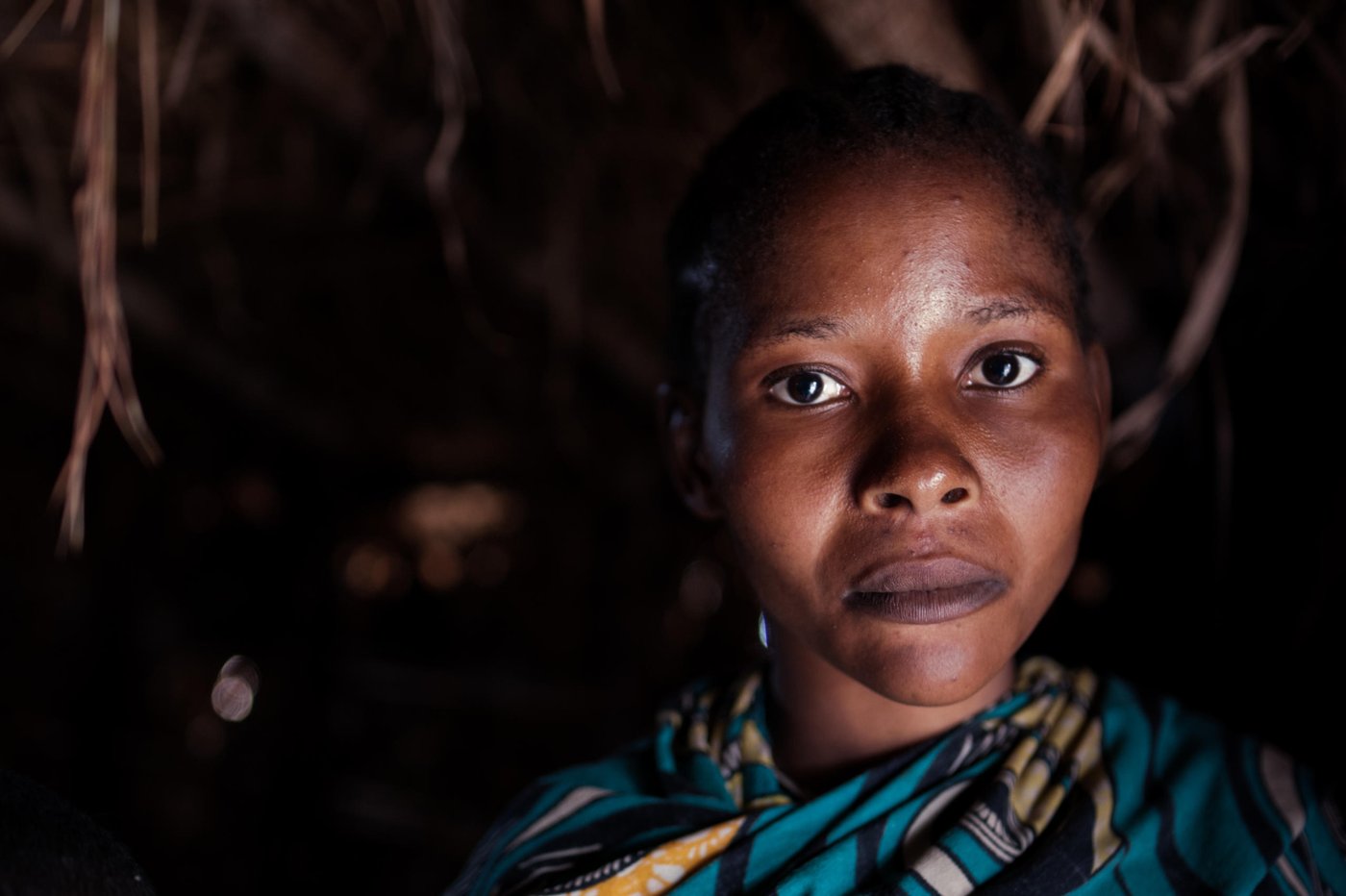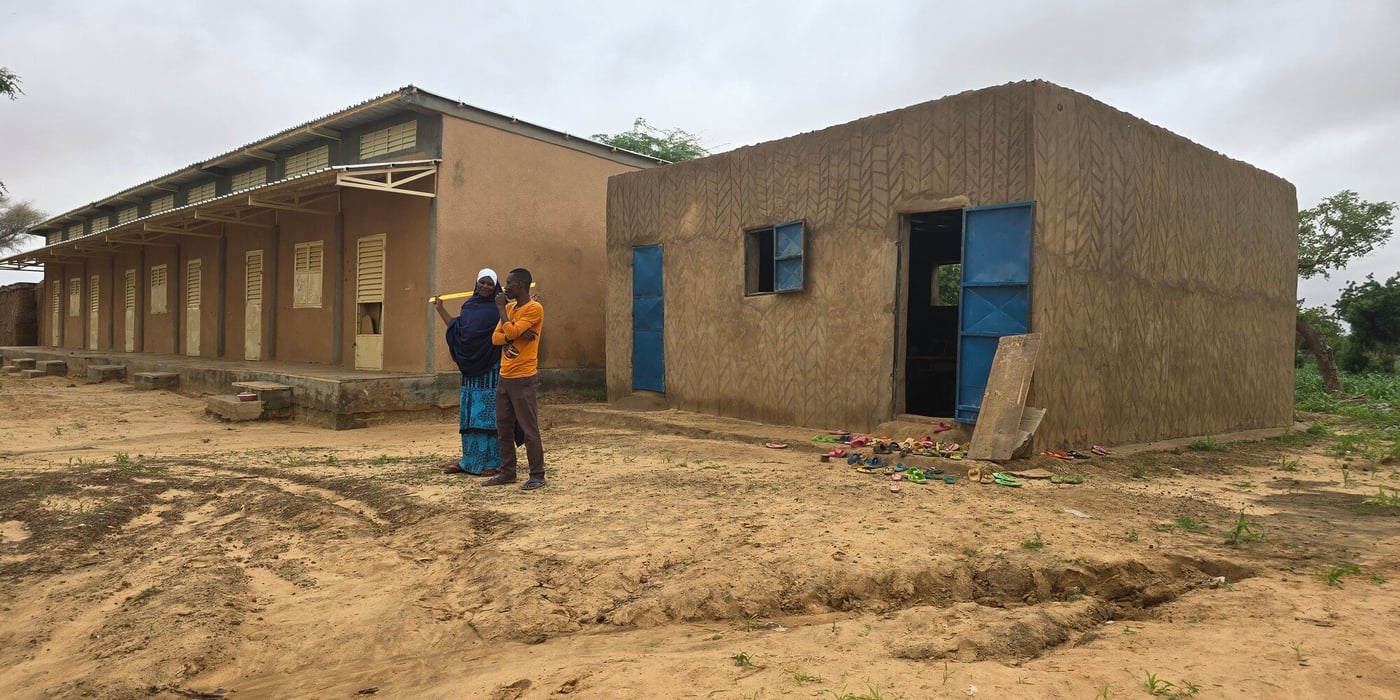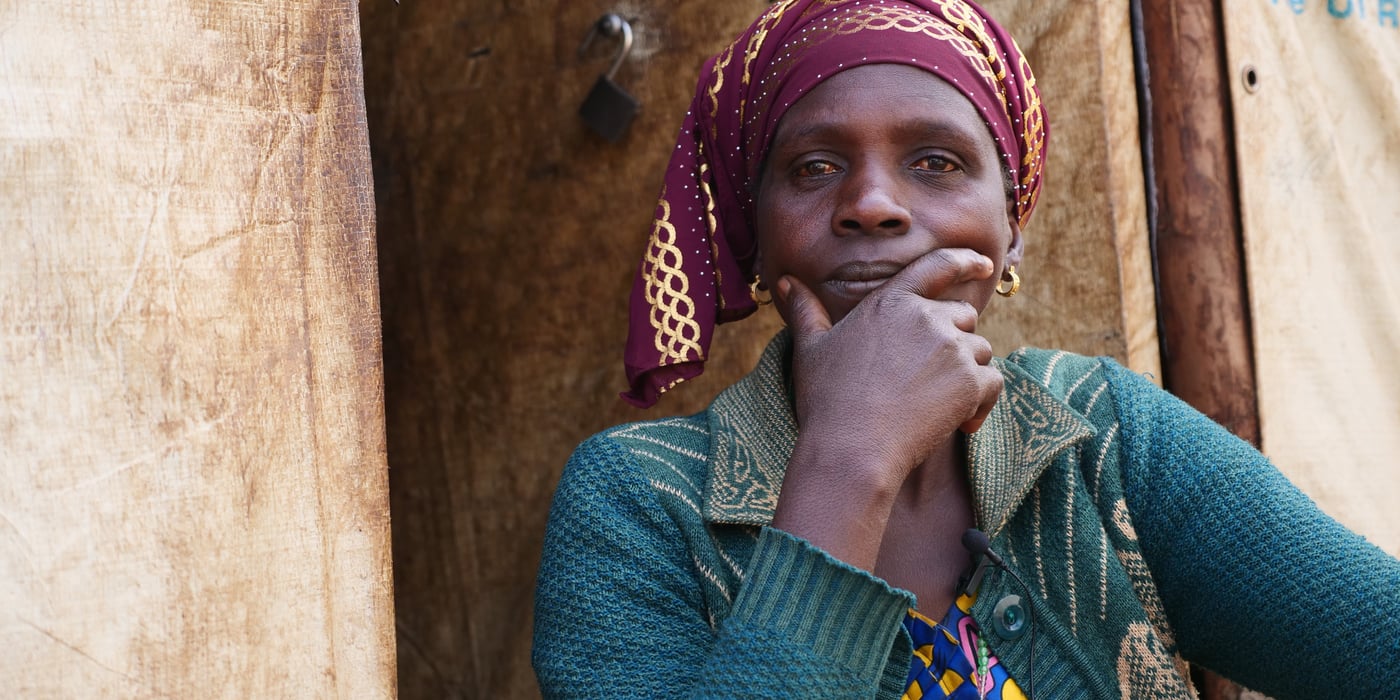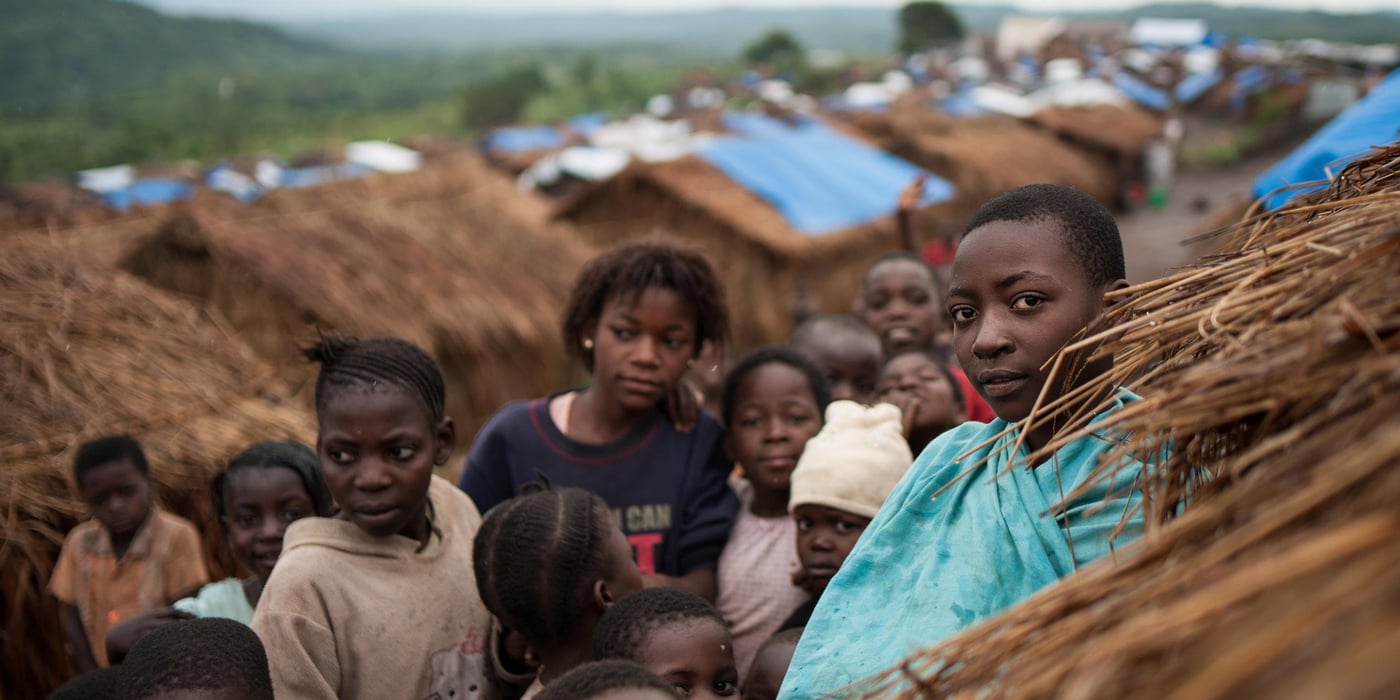
#1. Top of the charts
DR Congo has been declared the worst affected by displacement in the world by the global analysts, IDMC. A surge in violence that started in 2016 forced over 1.7 million people to flee their homes in 2107; that’s over 5,500 people per day. DR Congo now has 4.35 million displaced across the country.
The violence has not only been widespread, it has been unimaginably brutal. Razed villages, attacked schools and children recruited as soldiers are the hallmarks of this conflict. Communities have been left traumatised.
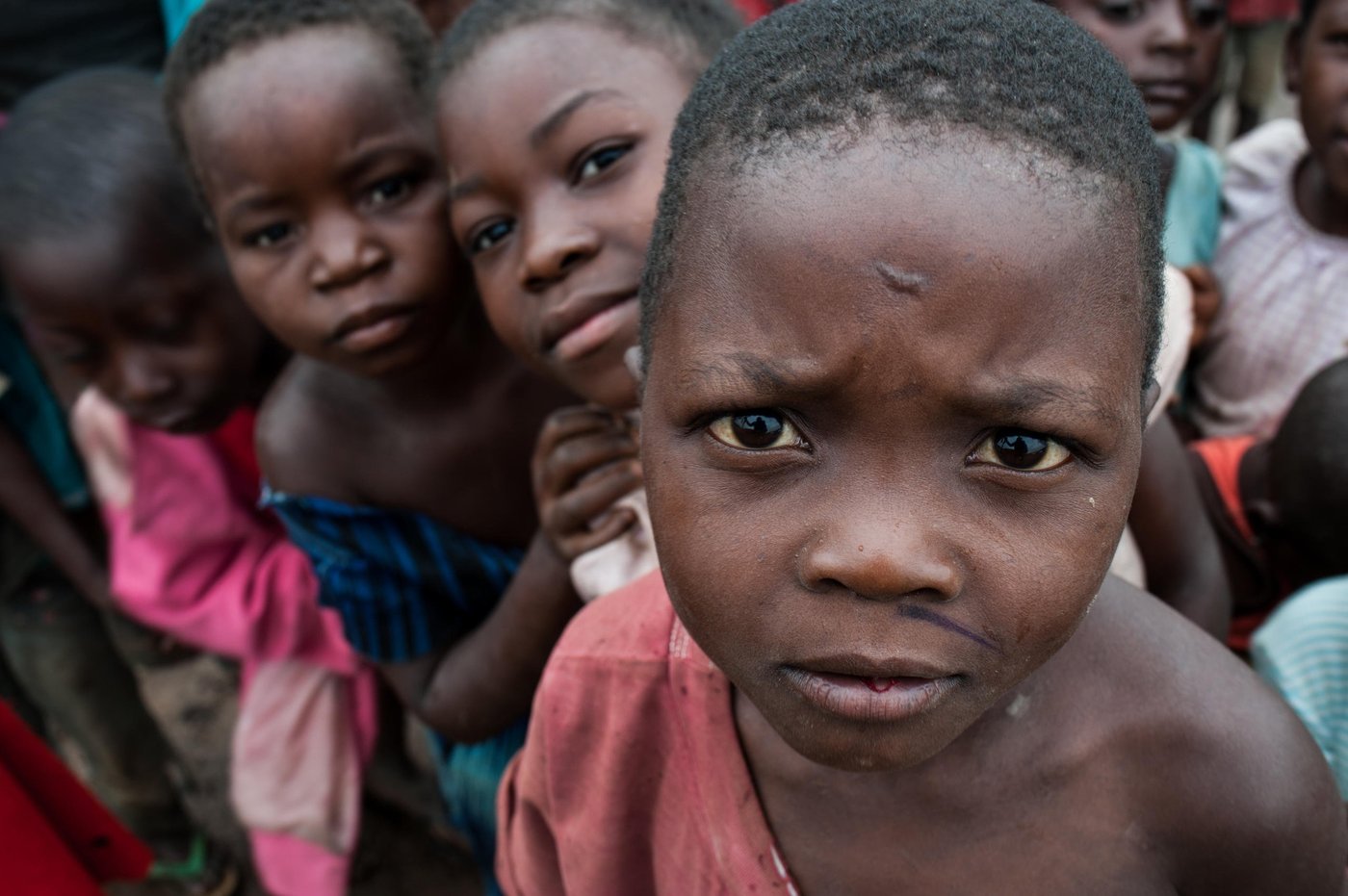
#2. UN alarm bells ring
The United Nations sounded the alarm for DR Congo in October 2017, declaring it a Level 3 emergency. This is the UN’s equivalent to dialling the emergency services. It’s reserved for the worst-of-the-worst global humanitarian crises. It puts DR Congo on par with Syria, Yemen and Iraq; the only other Level 3 emergencies in the world.
Why was the alarm sounded? DR Congo, a country two-thirds the size of Western Europe, is experiencing multiple and diverse conflicts at the same time. The top hotspots are Kasai, Tanganyika and South Kivu provinces.
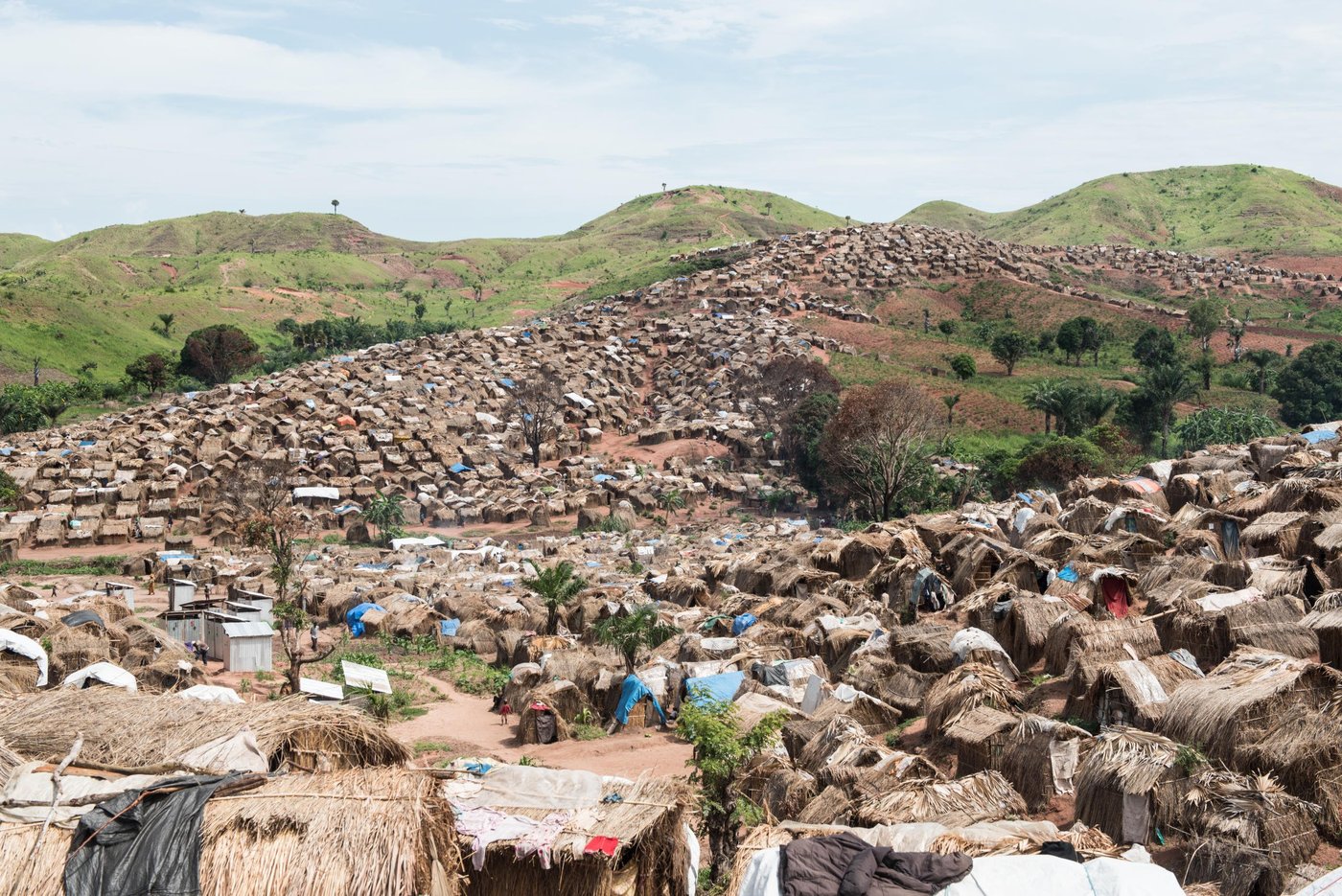
#3. Massive food emergency
On top of the displacement crisis sits a deadly food crisis. Many families forced to flee depend on farming to earn a living. Now unable to plant or harvest, parents are unable to put food on their children’s plates. A distressing one in ten people do not have enough to eat. 6 million children under the age of five across DR Congo suffer from chronic malnutrition.
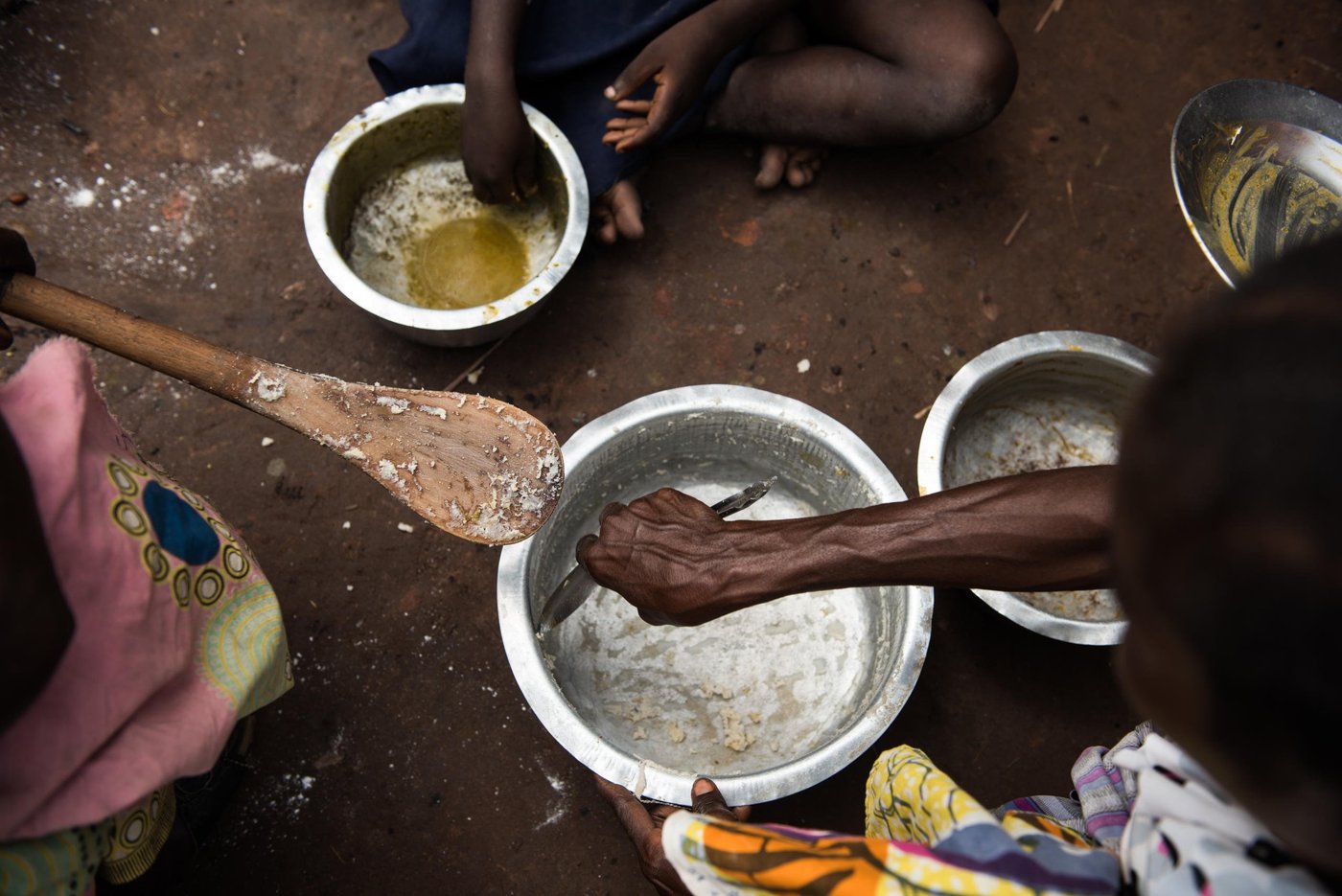
#4. Aid agencies make impossible choices
Despite the UN putting the world on notice about DR Congo’s crisis, little has changed since October 2017. Today the country is the second lowest funded of the world’s largest crises - only 52 per cent of the USD 812 million aid appeal for 2017 was funded. 2018 requires USD 1.68 billion to meet the needs of 10.5 million people targeted for aid. This is more than doubled the amount that was required for last years appeal.
This means that aid agencies have to make impossible choices about which locations to provide aid to, and which must survive without. And because of the increasing number of people who need support, what little food, medicine and clean water is available must be shared among more and more communities.
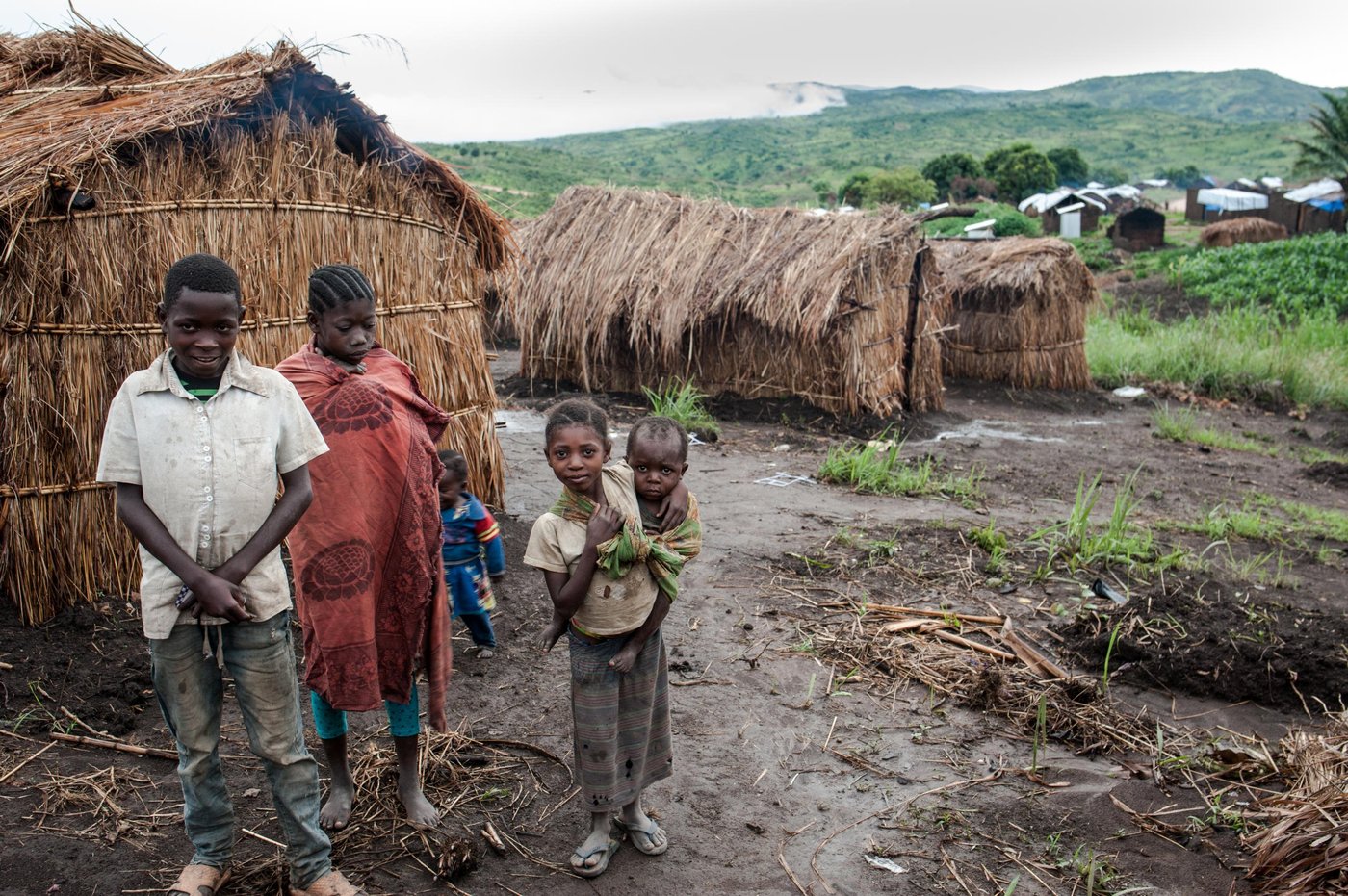
#5. Political uncertainty ahead
All this is happening against a backdrop of political and economic instability.
Attempts to organise elections at the end of 2017 failed. Political instability will likely worsen in 2018, according to analysts ACAPS.
With the political and economic crisis unlikely to improve in the coming months, and the humanitarian crisis receiving little support, DR Congo is setting the stage for a mega-crisis in 2018.
